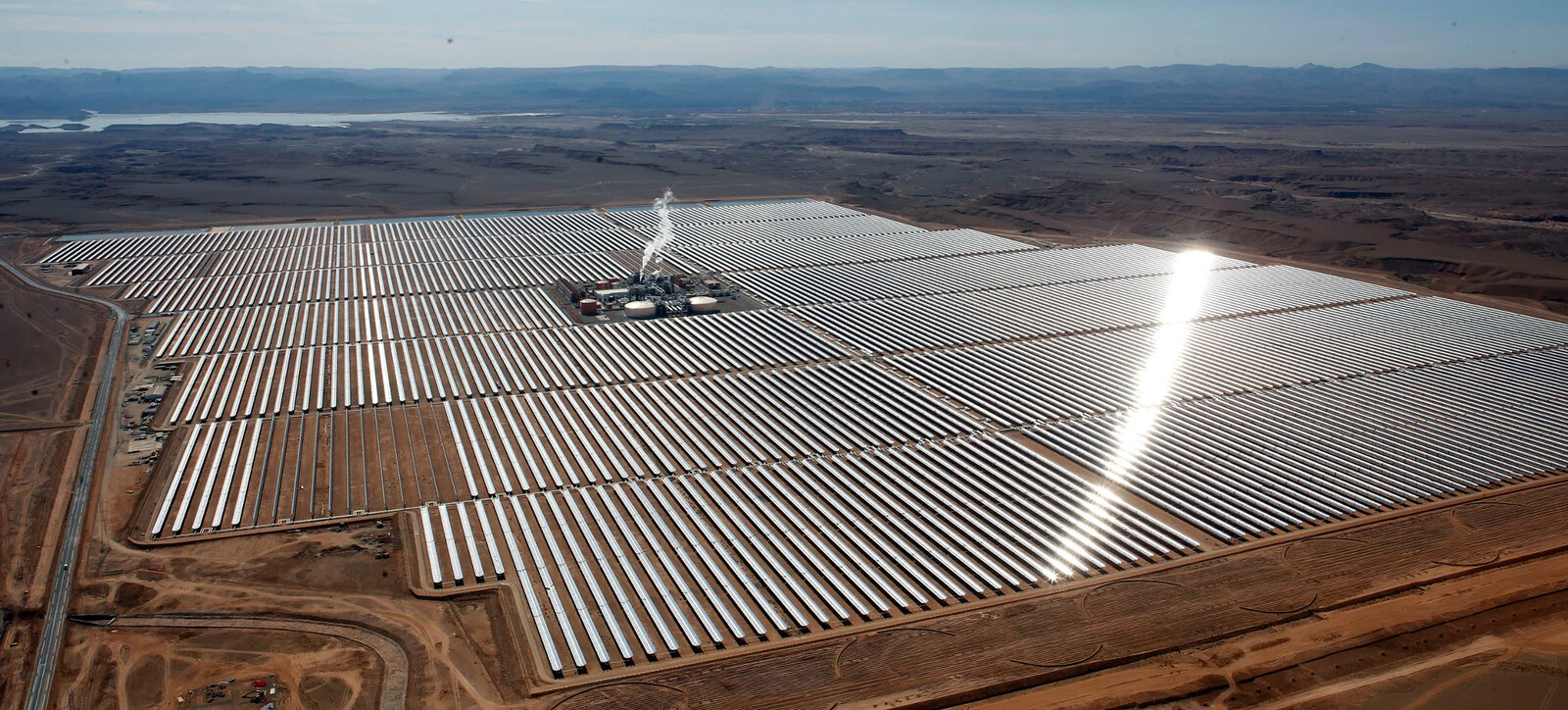Horizons is a collaboration between e-flux Architecture and the International Architecture Biennale Rotterdam initiated by Saskia van Stein within the context of its 10th edition, IT’S ABOUT TIME: The Architecture of Change, curated by Derk Loorbach, Véronique Patteeuw, Léa-Catherine Szacka, and Peter Veenstra. It features contributions by Rahel Aima, Paul Bouet, Carson Chan, Amica Dall, Gökçe Günel, Tim Ingold, Joost Vervoort, Stephanie Wakefield, and more.
Architecture has long been one of the most powerful means of imagining, visualizing, and constructing futures. Like a projectile, the architectural project is thrown forward, reaching into and determining the conditions of what is to come. Time, in this sense, is a lens to understand how futures have been and can be made, successfully or not: spaces, materials, technologies, practices, organizations, rituals, and beyond. But where architecture ultimately lands— and what actually makes it to the end of the trajectory—can never be known fully in advance. Not to mention the multifarious costs and effects—the value—of bringing it down to earth.
The ability to fashion dreams and manifest desires is one of architecture’s most important features as a discipline. It is also crucial to understanding how architects move through the world. The architectural project has tremendous power to not just lay the foundations, but actually build the type of change necessary to address the mounting environmental, social, and economic crises we face today. But in order to manifest the power of those projects, architects must effectively identify and seek out sources of capital—not just economic, financial capital but also social capital, political capital, cultural capital, etc.—that identify with or believe in what it represents, to the extent that it is willing and able to make it real.
As a result, projects often work the other way around. Powerful individuals tend to gravitate towards and depend on architecture’s capacity to represent—and realize—a potential future as a means to generate political support and mobilize capital. Architects are in a limited position to make promises that a project will ultimately come to fruition, but politicians and other leaders are, and often do for political gain. It is even politically convenient to consolidate a political platform into a single building or architectural project: it can be clearly identified, and beyond the numerous ceremonial events that can all be made into spectacle, its success can be defended and capitalized on based on its mere existence.
On the ground, architecture becomes fact. Most architecture never reaches that point, which doesn’t necessarily diminish its power or negate its effect. Sometimes this might even be intentional. Because when it does, facts often belie what was promised. Desire is fiction, and while there is more truth to fiction than reality, reality has bite. Dreams can be easily forgotten, with new ones quickly coming to occupy their place. But buildings stand, regardless of whether they are occupied. Their presence remains in the landscape, exuding ideology and a reminder of what was meant to be.
We live today among the ruins of past futures. Their promises turned out to be lies. Or maybe they were just never for us in the first place. But they brought a future nonetheless. And as it presses itself onto the present with ever more force and urgency, their future has become a threat. Looking around, we can learn from past mistakes. But it is never enough to merely know what went wrong. And we should not hope for quick fixes or easy solutions. However, we know that we need another future; other futures. Let us start by detecting, cultivating, and aligning ourselves with them, with vectors of practice that not only reorient, but move towards new horizons.
Horizons is a collaboration between e-flux Architecture and the International Architecture Biennale Rotterdam.






